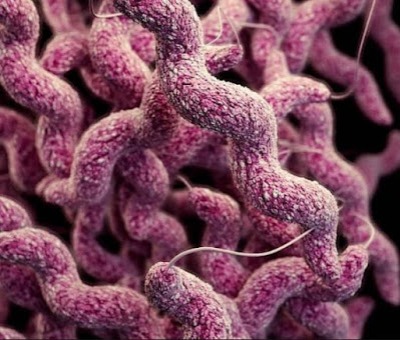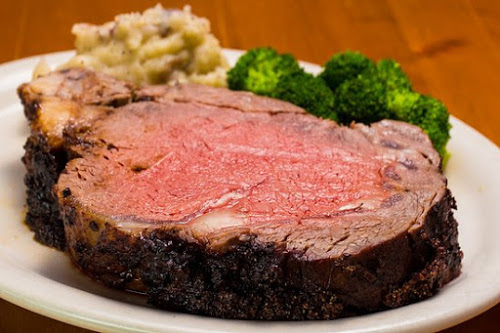Let’s discuss good versus bad germs
It might appear to be baffling that the bacteria and yeasts used in fermentation produce healthful foods, while a portion of their family members causes different disorder forms. The explanation is that the advantageous microbes (for instance, Lactobacillus acidophilus and L. bifidus in certain yogurts) hinder the development of undesirable living beings, swarming out possibly unsafe individuals from the Clostridium, Bacillus, and Streptococcus families. Not all microorganisms are similar; some are perilous, while some are useful.
If you have symptoms of food poisoning, try to figure out when you ate a suspect meal, as this can help determine which bacteria are responsible. If a fever develops, or the symptoms persist for more than a couple of days, consult your doctor.
Microorganisms- Symptoms
Campylobacter jejuni
Infection usually stems from contact with infected animals or contaminated food (in many cases, from raw or undercooked poultry).
Symptoms- Fever, nausea, abdominal pain, and diarrhea, which may be bloody. Symptoms typically come and go; there may also be an enlarged liver and spleen.
Clostridium botulinum (Botulism)
Home-canned foods, improperly packed and sterilized canned products, and contaminated vegetables, fruits, fish, and condiments. It is rare in beef, pork, poultry, milk products, unpasteurized honey, and garlic bottled in oil.
Symptoms- Within 18 to 36 hours, double vision and difficulty with muscular coordination, including chewing, swallowing, breathing, and speech. Progressive muscle weakness and paralysis can lead to respiratory failure and death.
Clostridium perfringens
Outbreaks have often been associated with contaminated meat.
Symptoms- Severe diarrhea, abdominal pain, bloating, and flatulence appear in 8 to 24 hours.
Escherichia coli (E.coli)
Undercooked beef or unpasteurized milk. Most cases have been traced to contaminated ground beef, but a few cases have been linked to rare roast beef.
Symptoms- Bloody diarrhea and vomiting. In severe cases, seizure, paralysis, and even death. Symptoms appear within 24 to 48 hours, and patients may require hospitalization.
Listeria monocytogenes
Organism found in the soil and intestinal tracts of humans, animals, birds, and insects. Infection usually follows eating contaminated dairy products and raw vegetables.
Symptoms- Adults may develop meningitis, with headache, stiff neck, nausea, and vomiting. Eye inflammation and swollen lymph nodes sometimes form, in unusual cases, the heart is involved, Symptoms usually appear in 8 to 24 hours.
Salmonella
Infected meat-producing animals, undercooked poultry, and raw milk, eggs, and egg products.
Symptoms- Within 12 to 48 hours, nausea, abdominal pain, diarrhea, vomiting, and fever, symptoms typically last 1 to 4 days.
Staphylococcus aureus
Commonly spread by food handlers with skin infections who transmit the organism to such foods as custards, cream-filled pastries, milk, processed meat, and fish, poison is caused by a toxin rather than the bacterium.
Symptoms- Within 2 to 8 hours, severe nausea, and vomiting. There may also be diarrhea, abdominal cramps, headache, and fever. Shock, prostration and electrolyte imbalance may occur in extreme cases.
Trichinella
Raw or undercooked pork that has been fed contaminated meat; bear meat
Symptoms- Within 24 to 48 hours, fever and diarrhea, with pain and respiratory problems.




😊😊
LikeLike
Thanks for sharing the information. Could you explain more about good germs and how they are good for us?
LikeLike
Certainly, I will write a blog on it in future.
LikeLike
Thanks!!
LikeLike